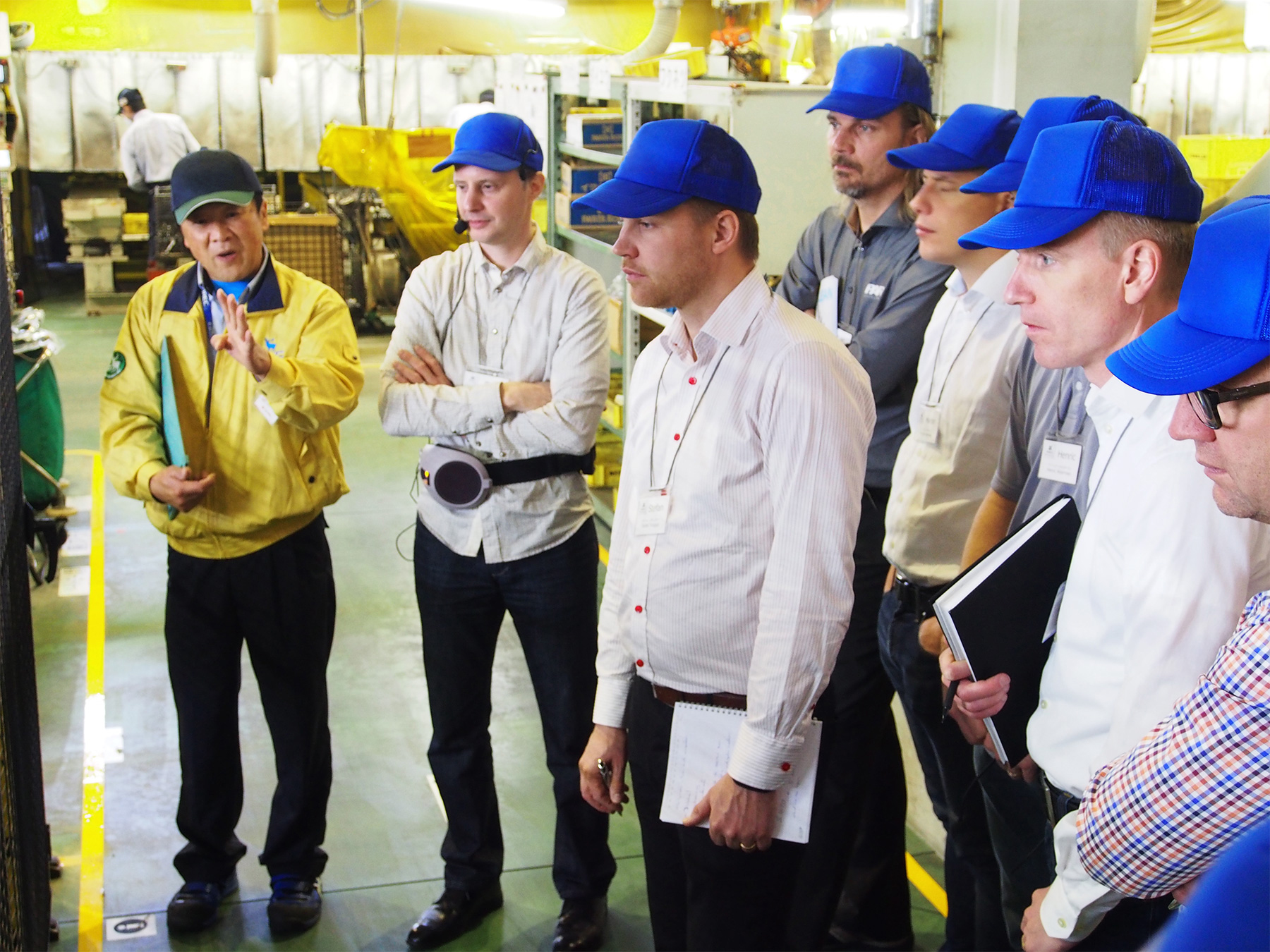Generating flow with Kanbans – the theory

A Kanban is a visual indicator or signal of how much to produce at one time. This very useful tool provides a clear and accurate indication of when an item or package of work needs to be produced, at the right time.
Kanban practically
With sub-assemblies or sub-processes we tend to “over batch” our Kanbans- batch our work- because it seems more logical and sometimes we even sequence it. We balance it out to make the changeovers easier and we tend to group things together. But there’s a challenge that comes with that approach. Takehiko Harada, in Management Lessons from Taiichi Ohno, observes “Building in batches stunts the growth of your operations (don’t combine Kanbans and build a group of them).” We assume that by batching work together and doing runs of things we can reduce changeovers. But while it is true that changeovers are reduced through running larger batches, simultaneously lead times in the process increase. A net loss in lead time is generated when we think we’re doing the right thing by not having so many changeovers. So the focus of Kanbans and batch production is separating and having Kanbans determined to the smallest practical quantity possible.

Kanbans also appear in Agile Scrum situations as a version of the Kanban Board, controlling the flow of work or development.
Kanbans, logically
Historically, Toyota data discussed by Harada demonstrates the number of five in a batch of sub-assemblies is logical. For what reason, we don’t entirely know. Say five pieces had to be machined: moving one piece at a time was impractical, but moving five made just enough to carry or transport. So if you’re producing several different products or even lines of service in your business and you anticipate that batching some of the work together is helping you, you’re probably wrong. You’re better off processing it and getting it done in the shortest time possible, then moving on to the next thing. Without doing this, in a manufacturing environment, excess inventory, excess motion, waiting and over-overproduction are created. In a service-based industry, clients are left waiting because you’ve got too many tasks or jobs many on the go at once. It’s like saying “Well, I only do this kind of service for a client on a Wednesday” -leaving the client who came to you on Thursday with their order waiting a week. It’s not good.
The key point is that changeover times are a fact of life. The focus needs to be on innovating and improving them. The flow generated by not creating or combining Kanbans in large batches produces a net gain that far outweighs the issue of the changeover.
Let us help to improve the flow in your business, contact us to find out how.
or
Check out our Capability Training options.
or
Book a discussion to find out how we can help your business.
Respect,
Daniel.
Respect,
Daniel.
Subscribe for updates
We provide free updates and advice regularly to help you improve your business and leadership skills, and for exclusive content there is a paid subscription too!
Follow us on YouTube
Our YouTube channel is a must for Leaders in business who want to empower their teams and improve their processes. You'll find plenty of our current thinking there
Build your Capability with our Members Program

We do consulting differently, in that we believe in building your capability to improve - we want to provide you with the secrets to success, not keep it all to ourselves! Our exclusive Member Program coaches you to be a great Leader, to empower your people to drive improvement, and identify large gains in employee engagement, quality and performance.
Talk to a consultant
We love to have a chat. We also like to make sure we have time just for you. You can book a chat and we can discuss your continuous improvement journey. We are happy to provide as much obligation-free advice as we can during the call, including what would be the recommended next steps for you to take.

